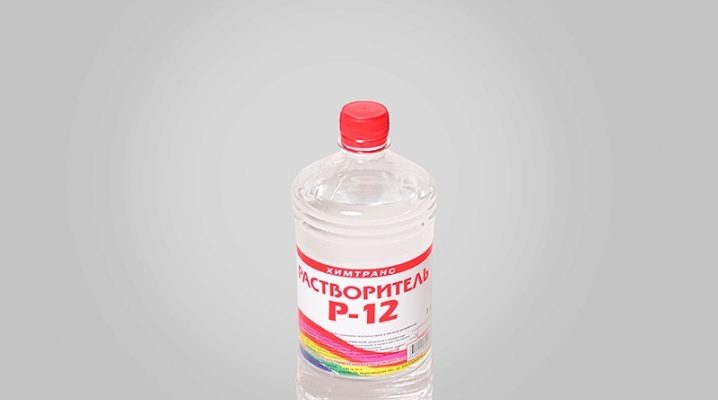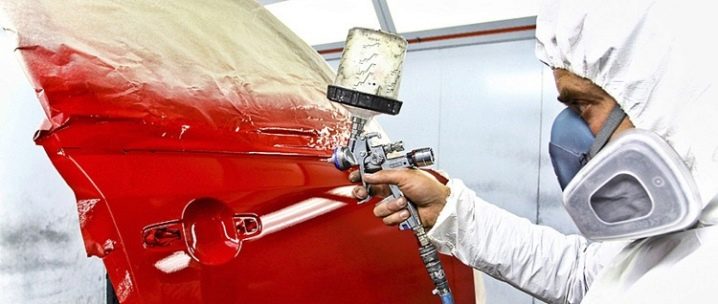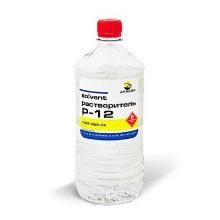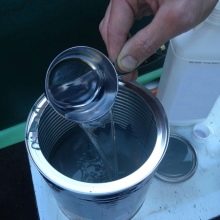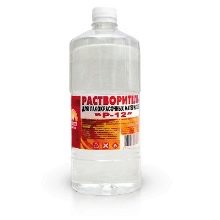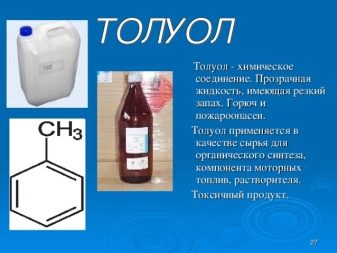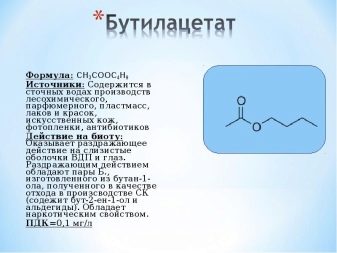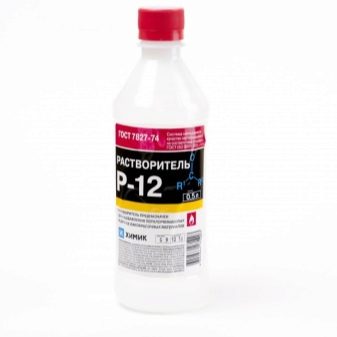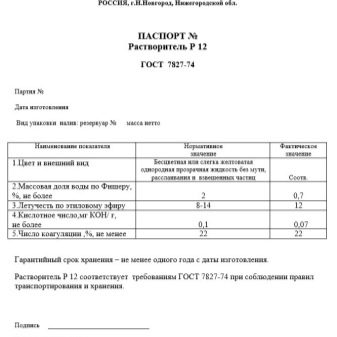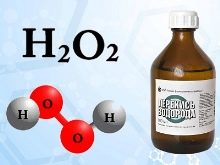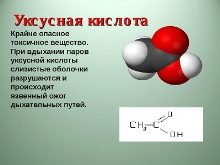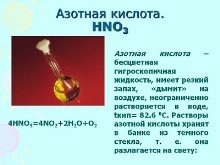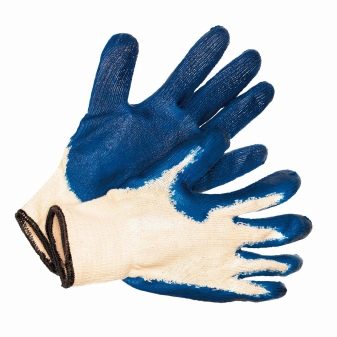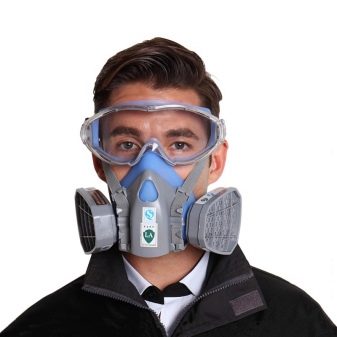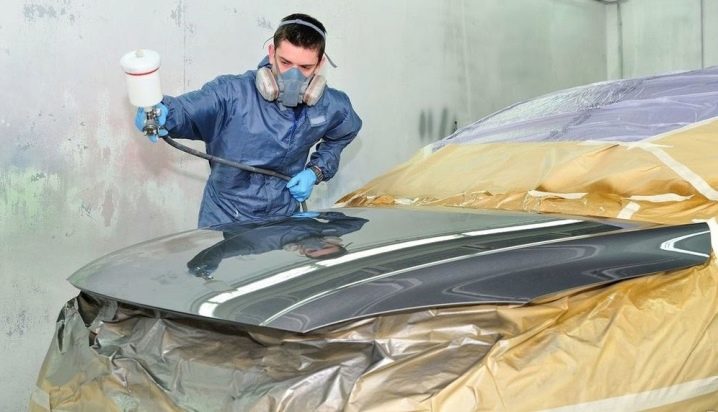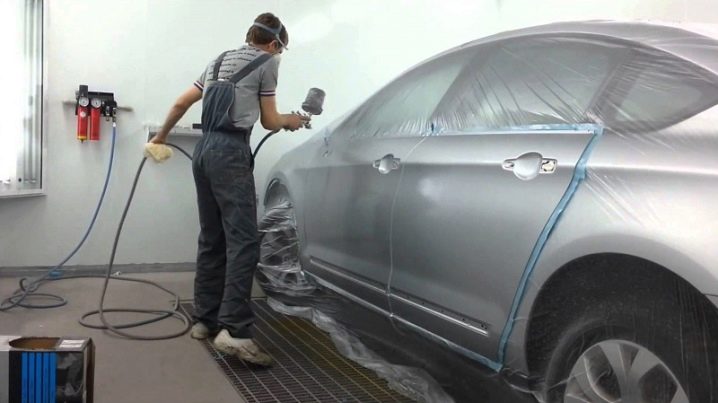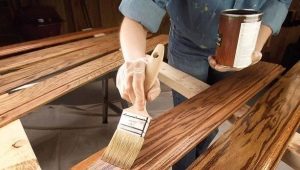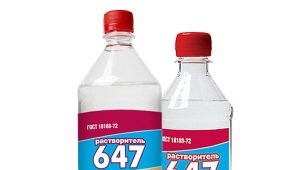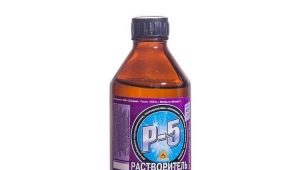Solvent Р-12: characteristics and scope
Solvent R-12 is an indispensable tool that is always in the arsenal of the masters working on painting cars. This solvent is intended for several types of enamels, including base type enamels, acrylic and nitro-enamels. It is also used to dilute or dissolve soils, nitro lacquers, acrylic lacquers and other paints intended for painting machines and containing acrylic resins, rather than aqueous solutions.
Composition and properties
Description of the solvent R-12 is similar to the description of almost any other similar means. It is a liquid with a pronounced sharp, unpleasant odor, inhalation of vapors of which is hazardous to health. It is homogeneous, should not contain visible impurities in the form of sediment. The solvent is transparent (colorless) or with a slight yellowish tinge.
The main component is toluene, an industrial solvent.As a percentage, its share is 60% of the total volume. It also contains butyl acetate (organic solvent, 30% of the total) and xylene (aromatic hydrocarbons, 10%).
An important advantage of a solvent is that when it is used, the substances that make up the film become resistant to ultraviolet radiation. They do not fade in the sun, do not depend on weathering and look beautiful thanks to the emerging brilliance.
Specifications
There are several criteria by which experts evaluate the quality of solvents.
- The water content is not more than 1% (Fisher titration).
- The toxicity of the mixture (volatility coefficient) is moderately volatile.
- Dissolving ability - not less than 22%.
- Acid number - 0.10 mg KOH / g.
- The ignition temperature in an airtight container is not below plus 5 degrees Celsius.
Precautionary measures
Solvent R-12 is flammable and explosive. You cannot use it without being convinced of the safety of the working environment. The sun rays should not be directed to the surface or the tank; there should be no electric heaters and heating appliances, as well as open fire.
It should not be a surprise that the fire can occur not in the tank itself, where the solvent is stored, but at some distance from it. This is due to the fact that solvent vapors are heavier than air, and they can "disperse" above the floor surface.
In order to avoid explosions, the solvent should not be mixed with strong oxidizing agents: hydrogen peroxide, acetic and nitric acids, and others. The combination of R-12 with chloroform or bromoform is also flammable. In addition, caution should be applied to the solvent on plastic surfaces, as it can damage them.
Solvent vapors may irritate eyes and respiratory tract, dermatitis. The substances contained in the fluid can affect the liver, the kidneys, the central nervous system and the workings of the digestive tract. They enter the human body both through direct contact and through inhalation of vapors.
It is necessary to work with solvent R-12 in the open air or in a well-ventilated area.. Gloves are worn on arms, eyes are protected with glasses, and respiratory tract - with a respirator.
If the solution gets onto the skin, it is quickly and thoroughly washed off with soap and running water.
Using
Solvent R-12 is widely used in the automotive industry.With it, you can achieve exactly the consistency of paint or varnish, which allows you to get a high-quality, smooth, even coating. In other industries, the substance is rarely used, as it is too dangerous to human health.
Some use R-12 for applying akvaprint, where one of the stages is activation (softening of a special immersion film with a picture). As a rule, this requires a special liquid, but for non-professionals R-12 is an inexpensive and high-quality counterpart. In order to perform the application in this technique, you need to pour the liquid into the spray gun and completely treat the surface with it.
The substance is mixed with paint or varnish gradually, in small portions, carefully stirring the resulting mixture. If the solvent is added in larger quantities than necessary, the lacquer or paint begins to curl or peel off. Therefore, you must clearly follow the instructions for use.
After applying the mixture with a solvent on the painted surface, it is necessary to observe certain conditions.
- It should ventilate the room as much as possible.It is best to use paint in an open area, but if this is not possible, then after applying it is necessary to open all the windows and doors.
- If you are going to approach the object of staining, it is necessary to wear a respirator or a special protective suit to avoid inhaling the vapors and getting them on exposed skin.
- It is important to prevent the occurrence of an open flame or an increase in temperature near a painted object in connection with vapors creeping along the surface of the ground or floor.
Additional information about this solvent is presented in the following video.
